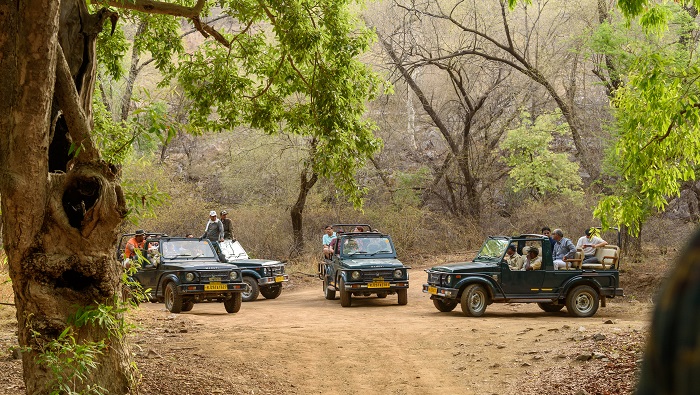 July 16, 2025
July 16, 2025
India’s landscape is as diverse as its culture. Ranging from green forests and mountains to arid deserts and tropical coastlines. These varied habitats are home to a treasure trove of wildlife, making it one of the best destinations among some of the most biodiverse countries on the globe. India has more than 100 national parks and more than 500 wildlife sanctuaries. Each different wildlife habitat provides a unique experience for wildlife enthusiasts to see rare, beautiful animals and birds in their natural habitat.
A Land of the Majestic and the Mysterious
Long an iconic land for wildlife, India has been the home of many famous creatures like the Royal Bengal Tiger, Indian Elephant, Asiatic Lion, Indian Rhinoceros, rare Snow Leopard, and many others. From the tigers of Madhya Pradesh’s deciduous forests, elephants on the scenic plains of Kerala, lions of the Gir forest in Gujarat, and leopards in the Himalayas, the wildlife of India offers a rich wildlife. India is equally great for bird lovers, as India counts more than 1,300 species of birds, leaving ornithologists and photographers in complete awe.
Among the most celebrated and best-preserved national parks of India are Jim Corbett National Park in Uttarakhand, Kanha and Bandhavgarh in Madhya Pradesh, Kaziranga in Assam, and Ranthambore in Rajasthan. These reserves are protecting endangered species as well as enabling rustic jungle safari adventures for nature lovers.
The Role of Conservation and Eco-Tourism
Wildlife tourism in India is not just about an experience; it also supports wildlife conservation. Many of these parks have initiated ecotourism activities which help to support local community interests and conserve the natural environment. This guarantees that our children will also be able to see and admire India’s rich biodiversity. This type of tourism is sustainable and promotes the continued existence of India’s wildlife.
The hotels, resorts, and lodges located within or near these national parks also add to the experience of the tourists. The luxurious hotel and resort at Ranthambore, Jim Corbett, Kaziranga, and other national parks provide guests with a comfortable and extravagant yet organized getaway for guests to experience India’s wildlife. These accommodations also support the local artisans, use sustainable materials, and enhance wildlife awareness among visiting tourists.
Frequently Asked Questions
Q1. When is the recommended season for wildlife parks in India?
A1: The recommended season for wildlife parks in India is from October to April, from pleasant weather to the animals being more visible near the water bodies. Ideally for tiger sightings, it’s the dry summer months from March to June.
Q2. Are safaris safe for families/kids?
A2: Yes, no national parks provide unsafe jeep or canter safaris with a trained guide. This is a great educational activity for children and is a safe method of enjoying nature.
Q3. Which is one of the Ranthambore best resorts?
A3: Rathambhore Kothi is probably among the best resorts in Ranthambore, providing luxurious accommodations and quality service. It is located near the national park, providing ample opportunity for wildlife lovers.